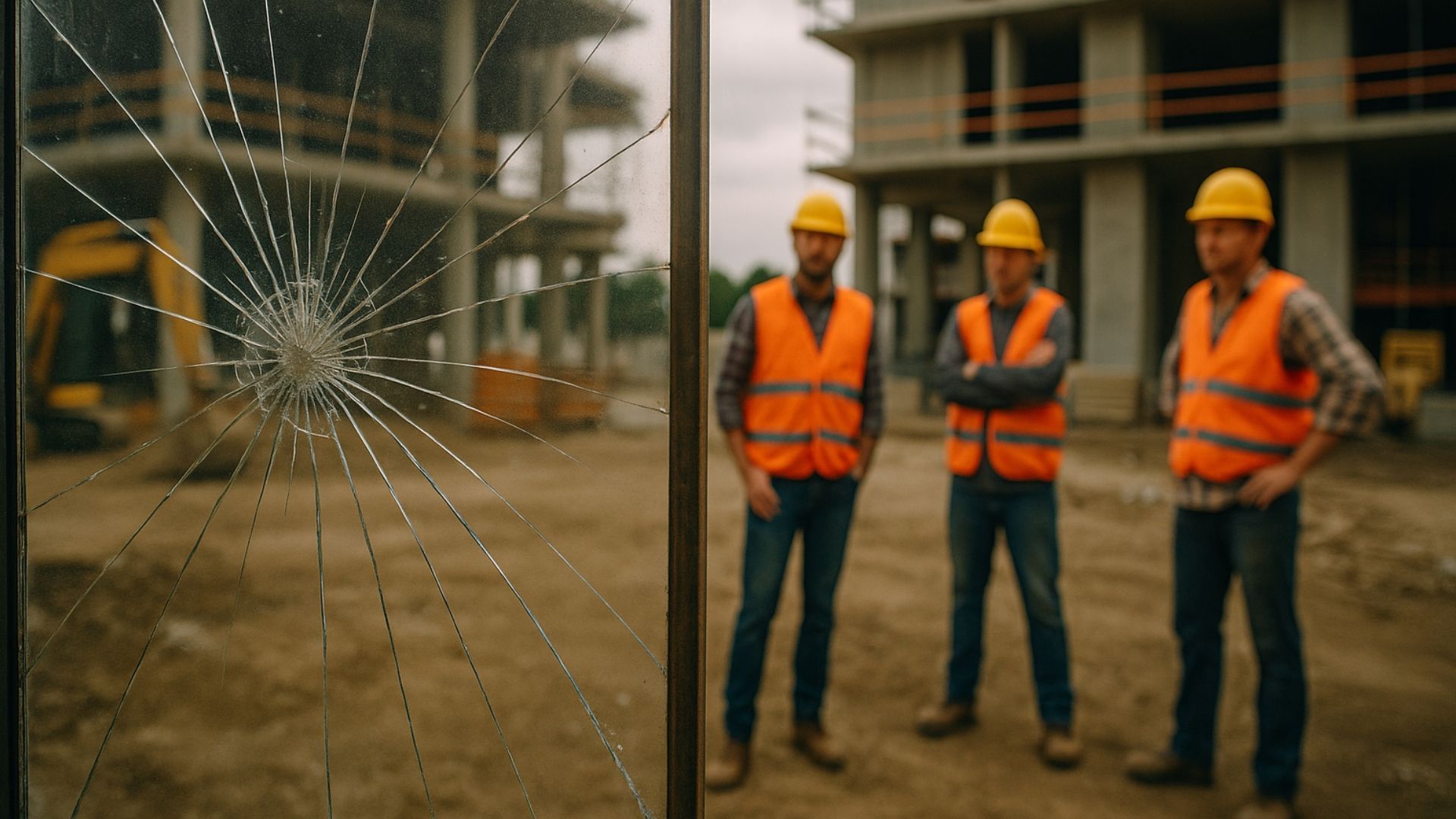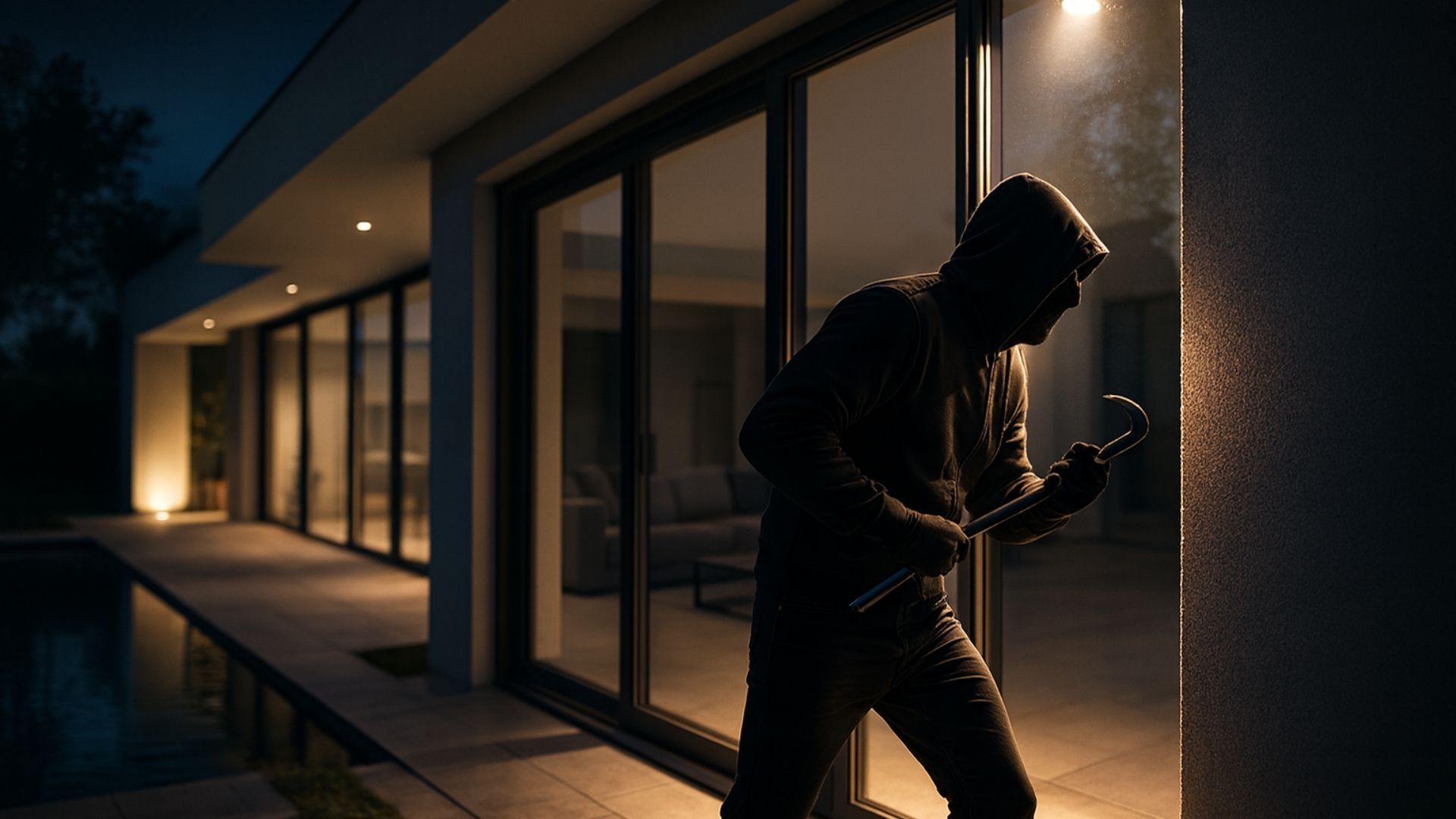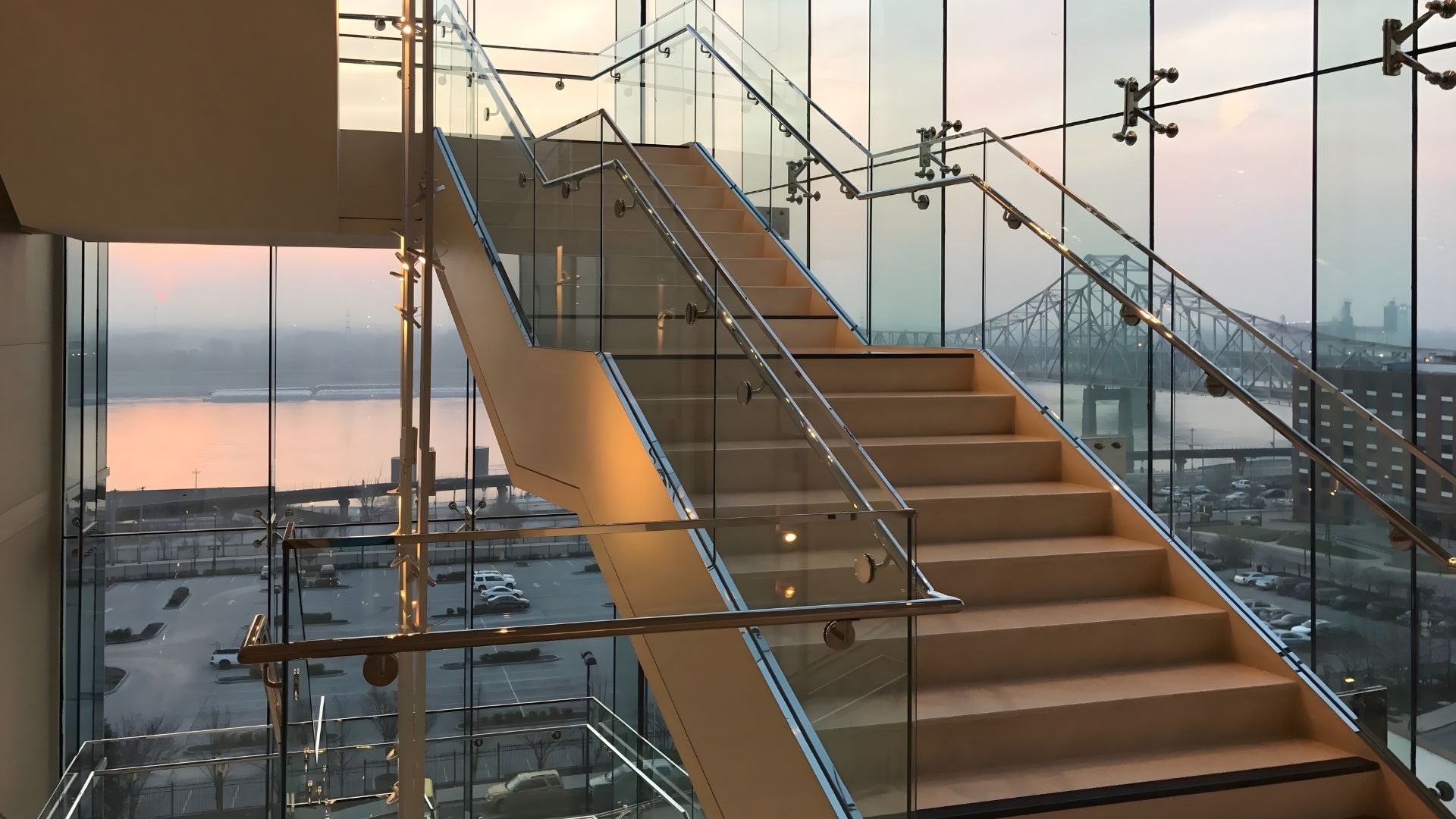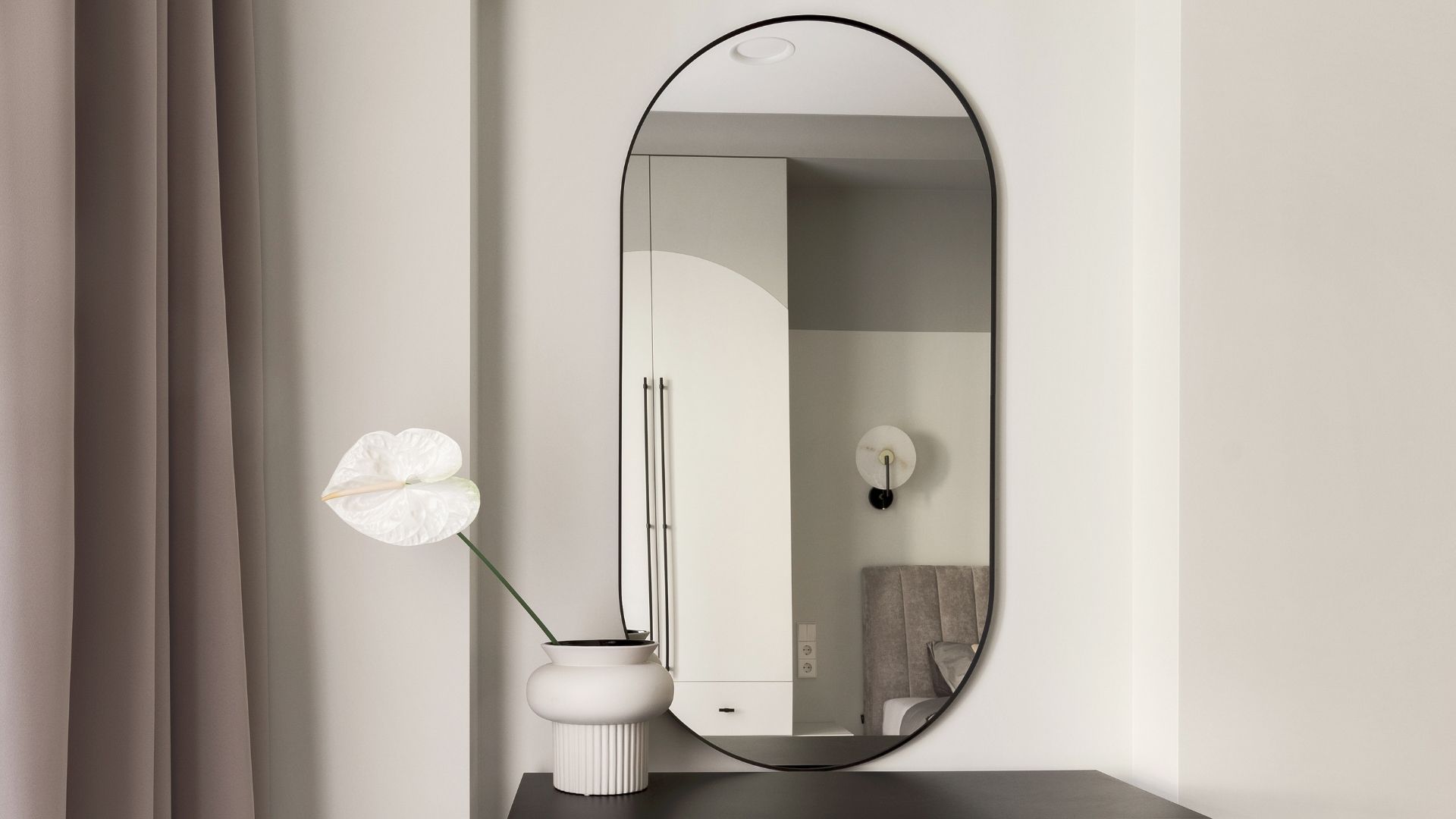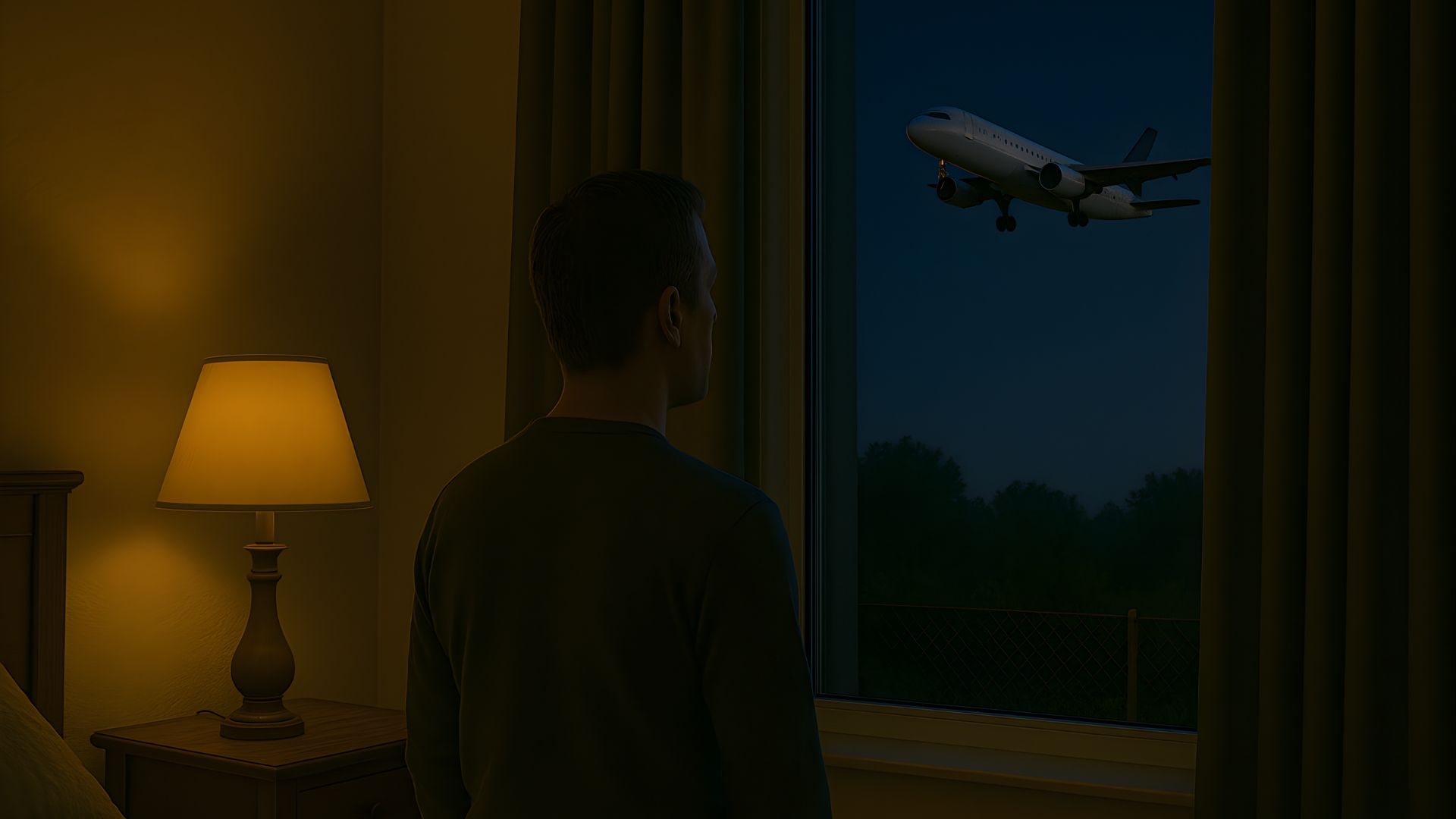How structural glass works
Share this blog:
What is structural glass and how does it work? Get the lowdown in our accessible 5-minute explainer.
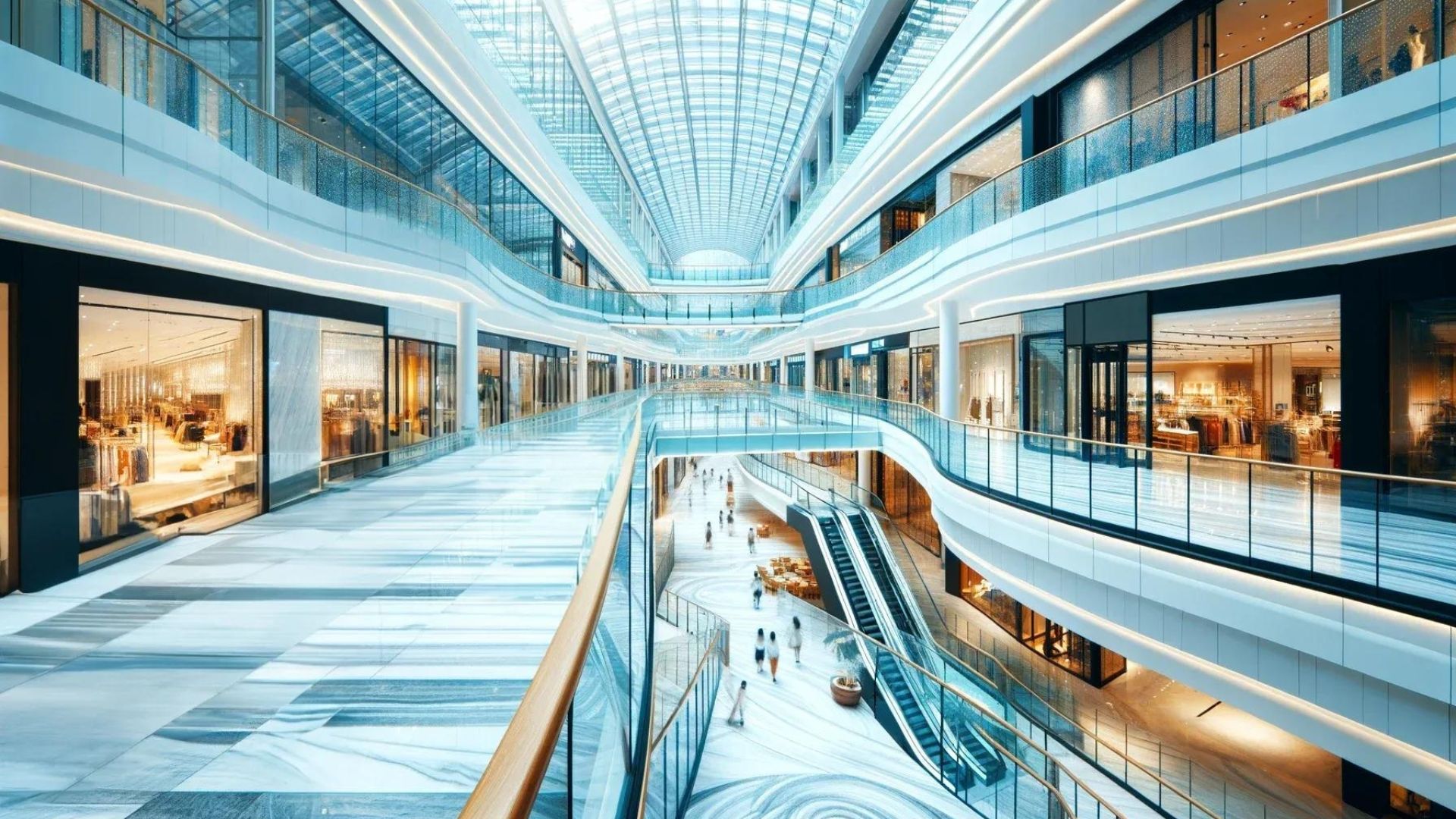
Ever wondered how architectural glass stays up? It's all thanks to structural glazing systems – mechanisms that connect safety glass to aluminium frames using silicone sealants.
As with all types of building materials, safety is a priority. This means the glass has to be safety glass – typically toughened or laminated. The frames need the strength of Arnold Schwarzenegger. And the seals have to keep out air, dust, moisture and heat to ensure that the whole system doesn't start to perish.
Within this framework, there are different types of structural glazing systems. In this article, we'll look at some of the most common kinds, explore how they work and trace the history of structural glass through the centuries.
But first, what is structural glazing?
What is structural glazing?
The term structural glazing refers to glass that forms an integral part of a building. Typically, it involves large glass panels that bear some of the structure's weight. It's a way of using glass to create elaborate, sturdy structures.
Glass has been around for millennia, but structural glazing is a relatively recent phenomenon. It's possible only because of modern glass's load-bearing capacity. Without this, glass would be an inappropriate material for many architectural projects.
What are some common applications of structural glass?
Structural glazing is used for partitions, balconies, walkways, staircases and more. It's associated with high-end projects in business, tourism and tech.
Notable examples of structural glazing include the Zhangjiajie Glass Bridge in Hunan, China. Four-hundred-and-thirty metres long, six metres wide, and suspended around 300 metres above the ground, it was the world's longest and tallest glass-bottomed bridge when it opened in 2016.

Another famous example of structural glazing is Apple's corporate HQ, Apple Park, nicknamed "the spaceship". Its 1,000-seat auditorium, the Steve Jobs Theatre, is the largest glass-supported structure in the world.
Alongside these show-stoppers, however, there's plenty of structural glazing to be seen in the financial district of any major city. Wherever it's used, it immediately conveys elegance, class and above all, money.
What's the difference between two-sided and four-sided structural glazing?
Structural glazing involves holding two or more sides of glass in place with powerful sealants. These sealants have to be approved for architectural use.
Two-sided systems hold two sides of the glass in place mechanically and two in place with sealants. Four-sided systems, by contrast, hold all four sides in place with sealants.
What's the difference between curtains walls and structural glazing?
When exploring this subject, you may come across the phrase "curtain wall".
A curtain wall is another type of glass facade. The difference is that it's made using a thin aluminium frame, glass panels and "infill" panels. These fill the spaces between the glass panels, which are attached to the frame with mechanical fasteners.
Structural glazing, by contrast, uses glass panels as the main structural element. These are bonded to the building with silicone sealant, not mechanical fasteners, and they don't need aluminium frames.
Another difference lies in the way that they're manufactured. Curtain walls are usually assembled on-site, whereas structural glazing systems are typically pre-fabricated. This means structural glazing systems tend to take less time to install.
Finally, a key difference is how much maintenance each system requires. Curtain walls have frames, and frames are susceptible to leaking. Structural glazing systems, by contrast, provide a smooth, continuous surface that requires less regular maintenance.
How long has structural glazing been about?
Glass has been used in architecture for centuries. The Ancient Romans, for instance, used glass in public swimming pools and the homes of the wealthy.
Load-bearing glass, however, didn't come until around the late 19th century in the form of "glass blocks". These were load-bearing blocks that could be used as a kind of masonry.
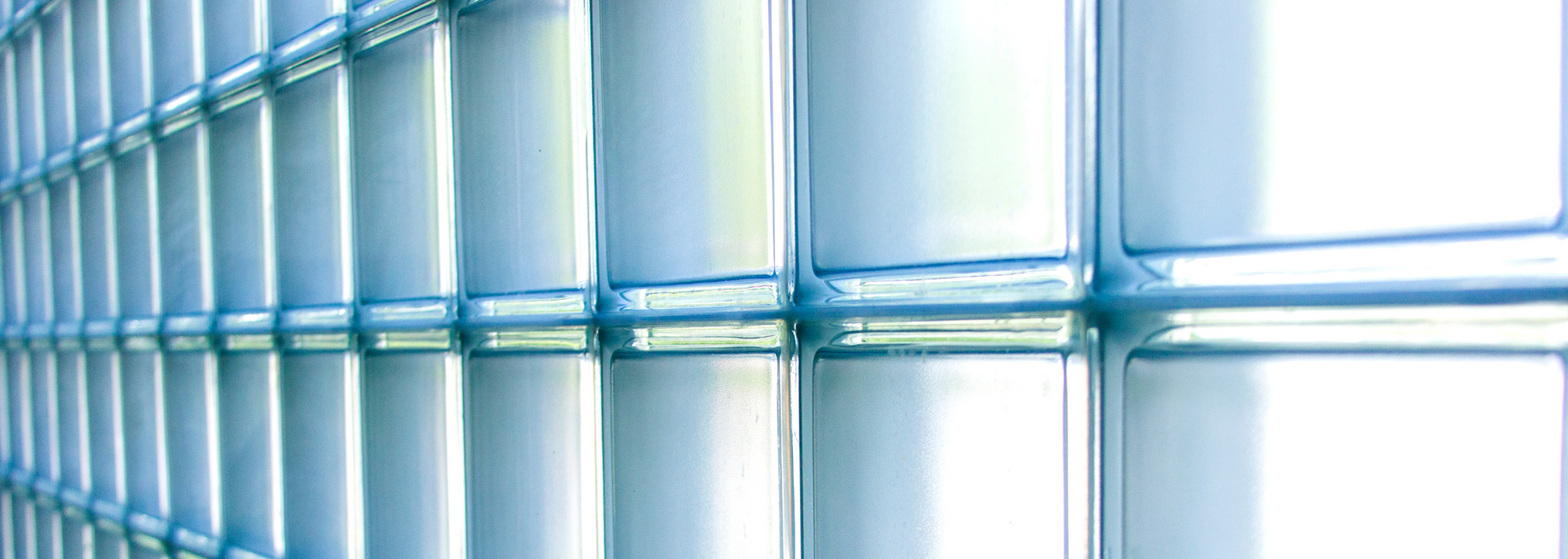
They were massively popular in the 1930s and 1940s – a key part of the Art Deco style of architecture. And though their star waned in the early 2000s, some commentators believe they could be making a comeback.
Glass blocks, however, couldn't be used to make a glass staircase or a glass walkway. These modern forms of structural glazing are relatively recent – and the most famous examples date from the 21st century.
There's a reason that the average person knows what double-glazing is but can't tell a two-sided system from a four-sided one. It's a relatively new way of designing buildings that can still make you stop and stare.
It's an exciting field to work in partly because it's so new. As in other new technologies, there's a feeling that the best is yet to come – and at ToughGlaze, we're delighted to supply structural glass to architects and designers who are thinking outside the box.
What are the disadvantages of structural glazing?
In our view, the only disadvantage of structural glazing is the price. The type of system you use – two-sided, four-sided or curtain wall – won't make much of a difference to the budget.
We won't beat around the bush – structural glazing is hardly the cheapest building material. For those who do have the resources, however, it's a fantastically versatile solution.
What kinds of structural glass do we offer?
At ToughGlaze, we supply
structural glass panels to installers and architects across the UK. These panels have discreet fixings and come in a range of design options. These include digital printing and silkscreen finishes.
Our structural glass is durable and attractive and can be cut to size. Once processed, it can be used for partitions, balustrades, balconies, roof panels and walkways.
At ToughGlaze, we cut, fire and treat glass all under one roof. So, if you're looking for a one-stop shop for structural glazing,
get in touch – we'd love to talk you through your options.

